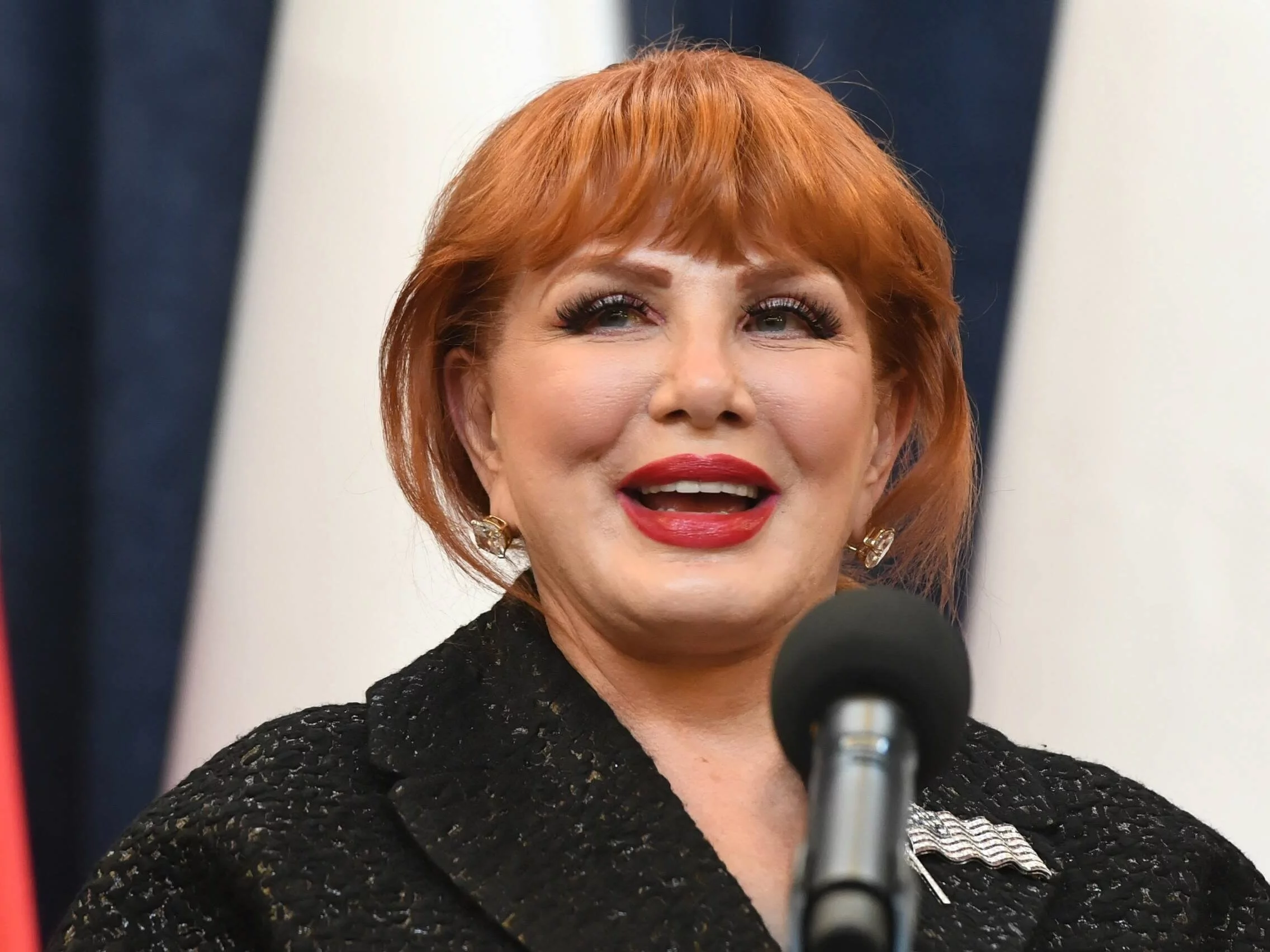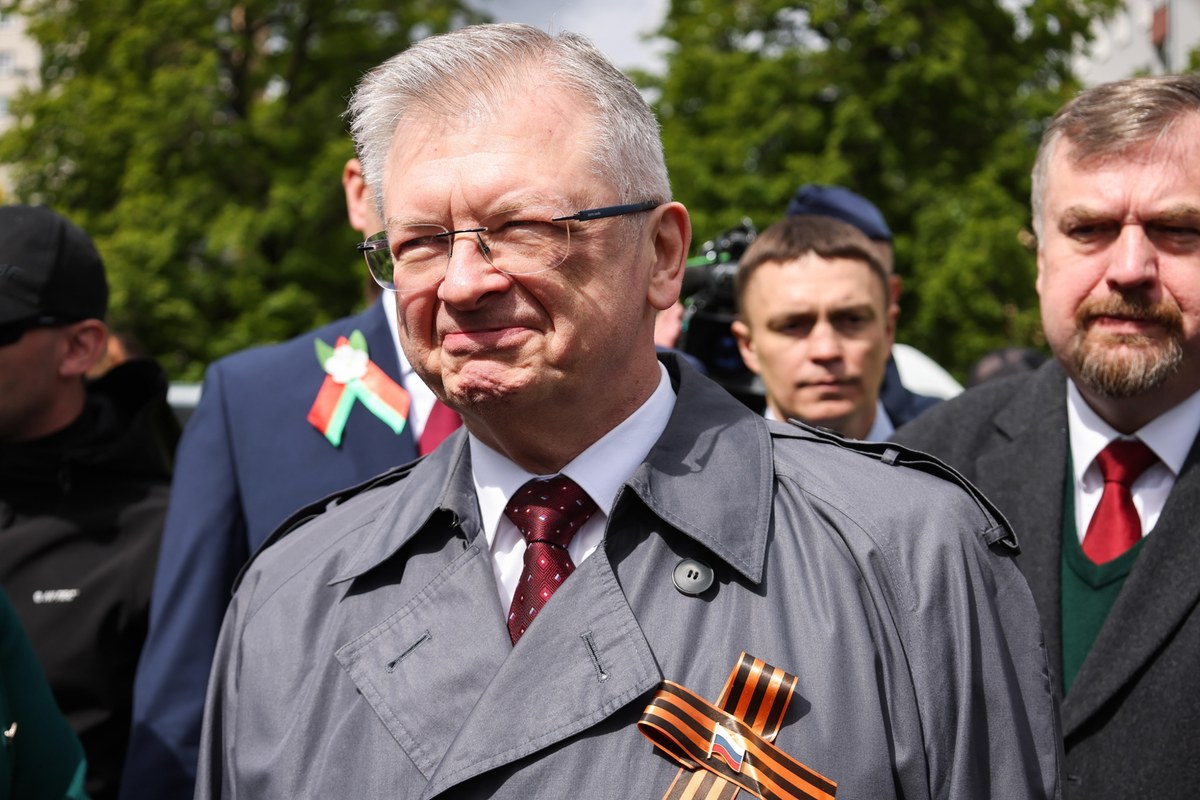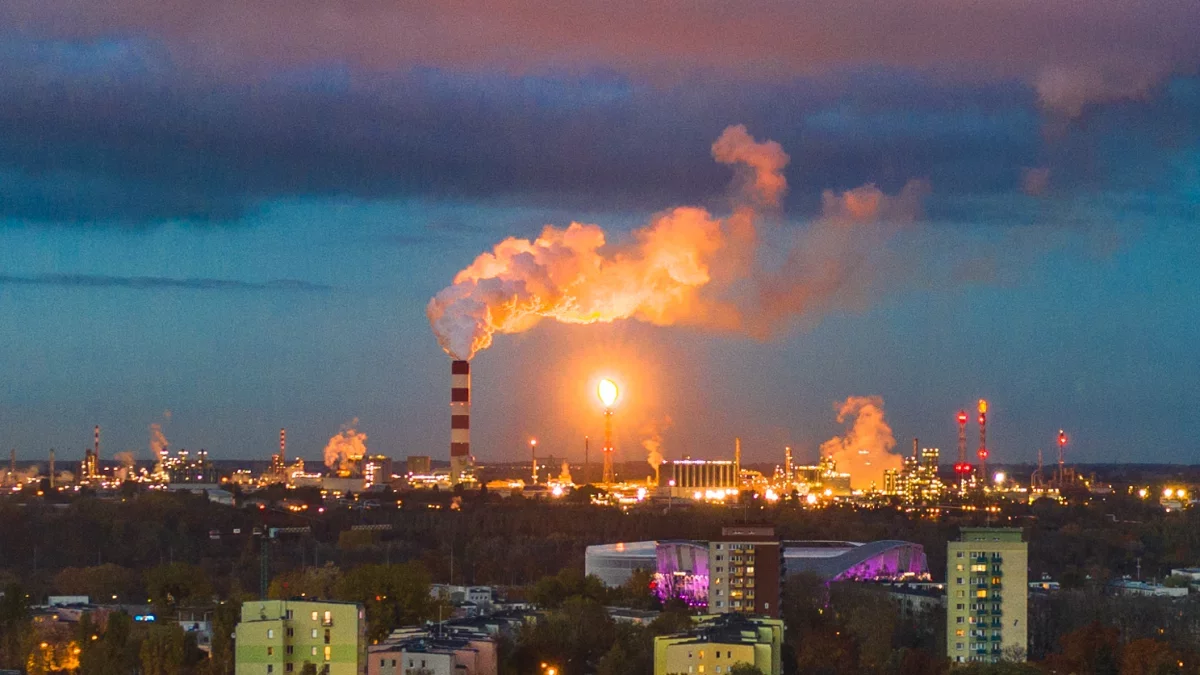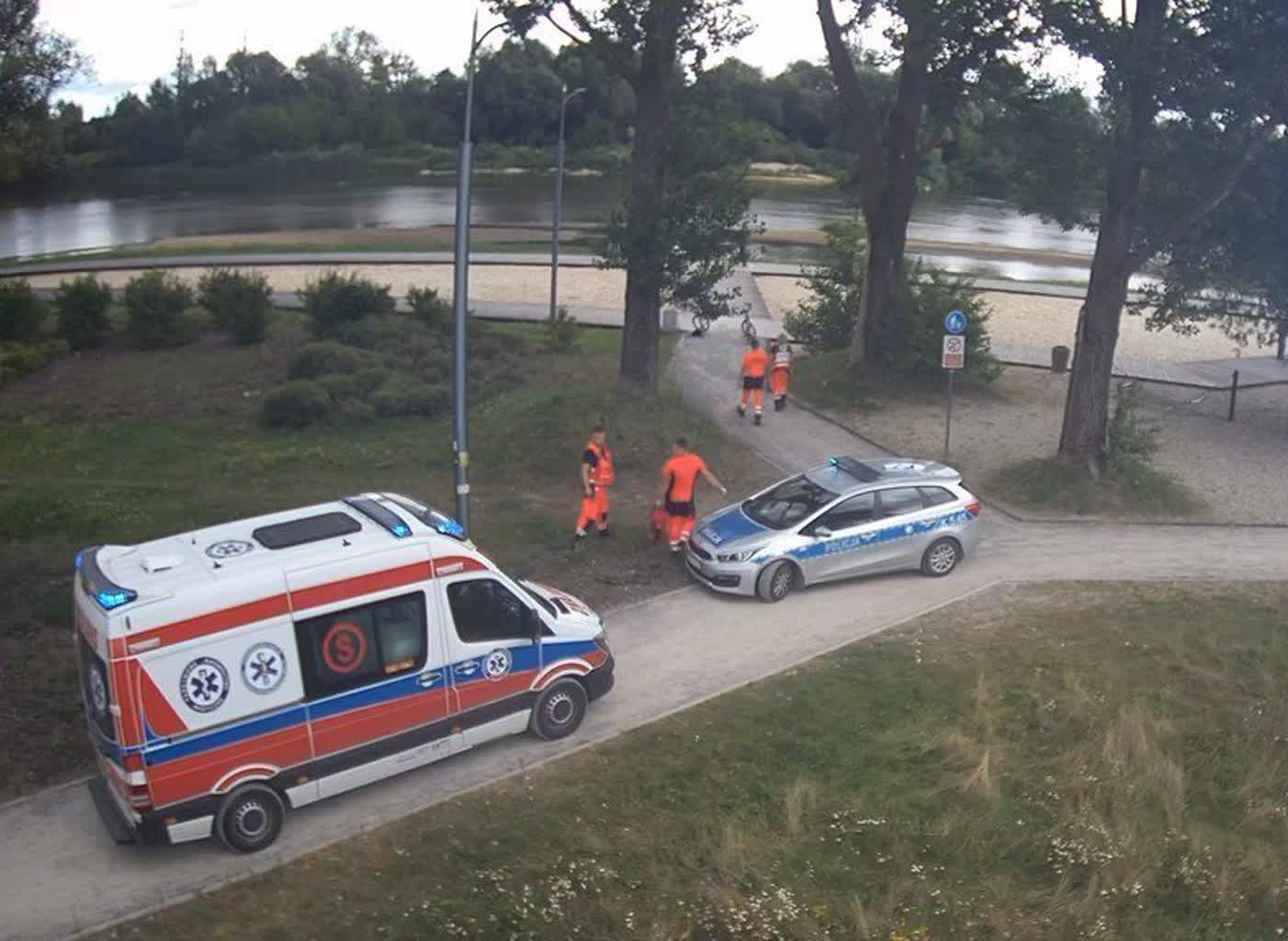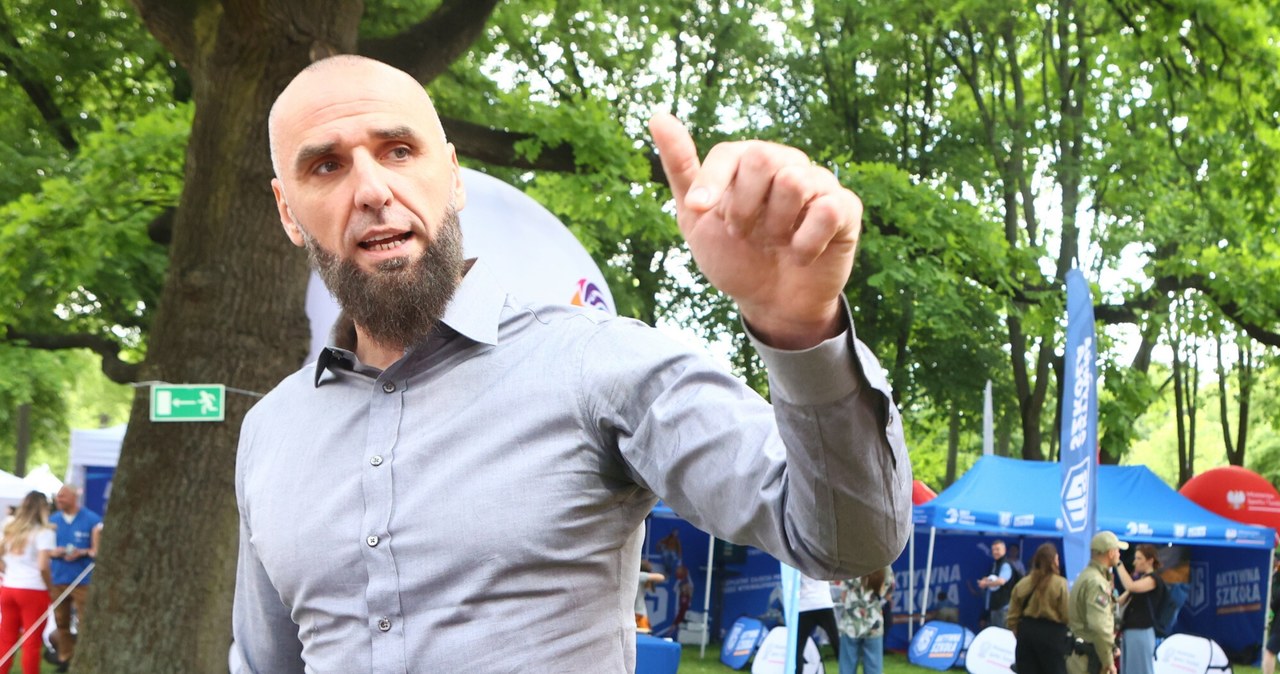Bożena Ratter: They died “because of the selfishness of the West and the betrayal of the East”
date:11 August 2025 Editor: Anna
The Warsaw Uprising was attended by doctors of all specializations, of course the most desirable were surgeons, they had the most to do. Fret 10 Street is the place where German torturers shot out of infirmary doctors and patients.
Some surgeons operated on 2-3 days a day all the time, it seems incredible but it was. "I had a class for 24 hours, I operated on car masks, by candles - the doctor remembers" in the movie "Insurgency and Medicine". It's a communicative of human solidarity and the sacrifice of wellness care. “I liked the job, started visiting hospitals. yet I came to Chmielna 28, Dr. Janina Krzyżanowska accepted me. The infirmary was in a hotel – a home of light customs, perfectly suitable for a infirmary due to the fact that it had the essential equipment, beds, sheets. all free minute I was wiping blood on the stairs, I couldn't stand people trampling on it" – the paramedic said.

The next day of the uprising was worse, bombed hospitals, carrying injured people to fresh premises, drugs on exhaustion, no dressings, “cut off from supplies and only the wounded arrived, and erstwhile there is no water, it is simply a disaster.” Helplessness to patients injured again due to bombardment of the hospital, crushed by rubble, burned. Crossing with lighter injured canals to temporarily safer areas.
Paramedic Halina Wołowicz was badly injured on the last day of the uprising, in Dreszer Park. She regained consciousness treated by a branch doctor, a russian prisoner of war who was captured by Germany. He worked in Ujazdowski infirmary from where he was stolen by AK soldiers and thus went to Halina's ward. A Georgian of origin, a wonderful, brave man and physician, a large friend of the insurgents. Halina, left as badly wounded, miraculously avoided the deaths in the basement, which German soldiers looted and killed the wounded in. She was saved by an elder of Germany, had a daughter of her age, brought in paramedics, including Margaret, the protagonist of the song "Sanitarian Margaret" to take her to safety. Unfortunately, the doctor, Georgian, was not lucky, after the war ended, he was sent by alleged "liberators" for 18 years of dense russian camp.
The Warsaw Uprising was besides survived by Janina Kubica – a doctor in Michalina, to whom wounded were brought from the uprising. The doctor performed amputations there. After a hard day, she sat in front of the building and saw her orderly, who, with a sheet of hands and legs, went to bury these remains. Each remains separately, for as he explained, after death man will emergence from the dead and where they will search hands and legs in specified a piston, must hide separately.
At the exit of Mokotowska Street and the Savior's Square there was an insurgent barricade, in this area was fought by the Battalion Ruczaj and there was an aunt late Barbara Butler-Błasińska, Hanka, ps. Sarna. At the Savior's Square there was an emergency station for scouts and a scout internate prepared for the needs of the field hospital, next to the Marszałkowska Street another Scout hospital. The sister of his mother, Mr. Barbara, sub-harvest of Aniel Butler-Kowalska, ps. On August 4, my aunt was on work at the hospital. It was that day that the Germans ordered the scouts and residents of the tenement houses to leave the yard and organize a live shield from them, rushing in front of the tanks to the barricade. Almost everyone died.
Eugeniusz Ajski, ps. “Cat” survived the uprising in the place where he lived, in Mokotów. He fought to commemorate the insurgents who died “due to West selfishness and east betrayal.” He is the creator of 10 monuments related to the Warsaw Uprising. The last of them was the anchor set on the Czerniakowski Mound. The memorials were placed in a place of shriveled blood of the inhabitants of Warsaw and came to aid them, whose way was free Poland. The monument to the AK "Baszta" regiment was created socially, standing in the place of the insurgent cemetery.
The bodies murdered by the occupier were put in the grave in this square with a bottle of data on the sheet to exhume and bury all the bodies in the cemetery in Powązki after the war. Mr. Eugeniusz commemorated the heroes of the uprising besides in the album, with pictures of the face, not always good quality, any were performed during the exhumation. And erstwhile the photograph was missing, he drew from his memory the face of the beautiful liaisons in which all the boys in his ward made love.
Prayer for the Dead in Warsaw – Kazimierz Wierzinski
Eternal Rest
Give them, Lord,
On the Doves, on the squares, on the squares,
Under the ruins of houses,
In the flooded cellars,
Where he died,
Where he died.
Give them peace beyond the world
And on the graves, hurry to help,
Because you had to go from place to place,
From the trotuary to the tombstone,
I'm sick of moving heads.
And a dream to violate them at night.
Highlight Unknown and Nameless
A light that shines brightly,
For what of human, temporal memory,
When under the cross and the helmet fell asleep
They don't even have a name.
May your heart reward them
And from the next to leave helps,
For mothers who put bandages on their temples,
They whispered with a lip that cooled in agony,
Like love and like a spell:
Mokotov, Prague,
Okay.
Take their wounds, let them forget
Nights in torment and days without salvation,
'Cause erstwhile you're in the wall of broken hospitals
Marli without water and dressing.
Oh, my God.
Paramedic Halina Wołowicz was badly injured on the last day of the uprising, in Dreszer Park. She regained consciousness treated by a branch doctor, a russian prisoner of war who was captured by Germany. He worked in Ujazdowski infirmary from where he was stolen by AK soldiers and thus went to Halina's ward. A Georgian of origin, a wonderful, brave man and physician, a large friend of the insurgents. Halina, left as badly wounded, miraculously avoided the deaths in the basement, which German soldiers looted and killed the wounded in. She was saved by an elder of Germany, had a daughter of her age, brought in paramedics, including Margaret, the protagonist of the song "Sanitarian Margaret" to take her to safety. Unfortunately, the doctor, Georgian, was not lucky, after the war ended, he was sent by alleged "liberators" for 18 years of dense russian camp.
The Warsaw Uprising was besides survived by Janina Kubica – a doctor in Michalina, to whom wounded were brought from the uprising. The doctor performed amputations there. After a hard day, she sat in front of the building and saw her orderly, who, with a sheet of hands and legs, went to bury these remains. Each remains separately, for as he explained, after death man will emergence from the dead and where they will search hands and legs in specified a piston, must hide separately.
At the exit of Mokotowska Street and the Savior's Square there was an insurgent barricade, in this area was fought by the Battalion Ruczaj and there was an aunt late Barbara Butler-Błasińska, Hanka, ps. Sarna. At the Savior's Square there was an emergency station for scouts and a scout internate prepared for the needs of the field hospital, next to the Marszałkowska Street another Scout hospital. The sister of his mother, Mr. Barbara, sub-harvest of Aniel Butler-Kowalska, ps. On August 4, my aunt was on work at the hospital. It was that day that the Germans ordered the scouts and residents of the tenement houses to leave the yard and organize a live shield from them, rushing in front of the tanks to the barricade. Almost everyone died.
Eugeniusz Ajski, ps. “Cat” survived the uprising in the place where he lived, in Mokotów. He fought to commemorate the insurgents who died “due to West selfishness and east betrayal.” He is the creator of 10 monuments related to the Warsaw Uprising. The last of them was the anchor set on the Czerniakowski Mound. The memorials were placed in a place of shriveled blood of the inhabitants of Warsaw and came to aid them, whose way was free Poland. The monument to the AK "Baszta" regiment was created socially, standing in the place of the insurgent cemetery.
The bodies murdered by the occupier were put in the grave in this square with a bottle of data on the sheet to exhume and bury all the bodies in the cemetery in Powązki after the war. Mr. Eugeniusz commemorated the heroes of the uprising besides in the album, with pictures of the face, not always good quality, any were performed during the exhumation. And erstwhile the photograph was missing, he drew from his memory the face of the beautiful liaisons in which all the boys in his ward made love.
Prayer for the Dead in Warsaw – Kazimierz Wierzinski
Eternal Rest
Give them, Lord,
On the Doves, on the squares, on the squares,
Under the ruins of houses,
In the flooded cellars,
Where he died,
Where he died.
Give them peace beyond the world
And on the graves, hurry to help,
Because you had to go from place to place,
From the trotuary to the tombstone,
I'm sick of moving heads.
And a dream to violate them at night.
Highlight Unknown and Nameless
A light that shines brightly,
For what of human, temporal memory,
When under the cross and the helmet fell asleep
They don't even have a name.
May your heart reward them
And from the next to leave helps,
For mothers who put bandages on their temples,
They whispered with a lip that cooled in agony,
Like love and like a spell:
Mokotov, Prague,
Okay.
Take their wounds, let them forget
Nights in torment and days without salvation,
'Cause erstwhile you're in the wall of broken hospitals
Marli without water and dressing.
Oh, my God.



